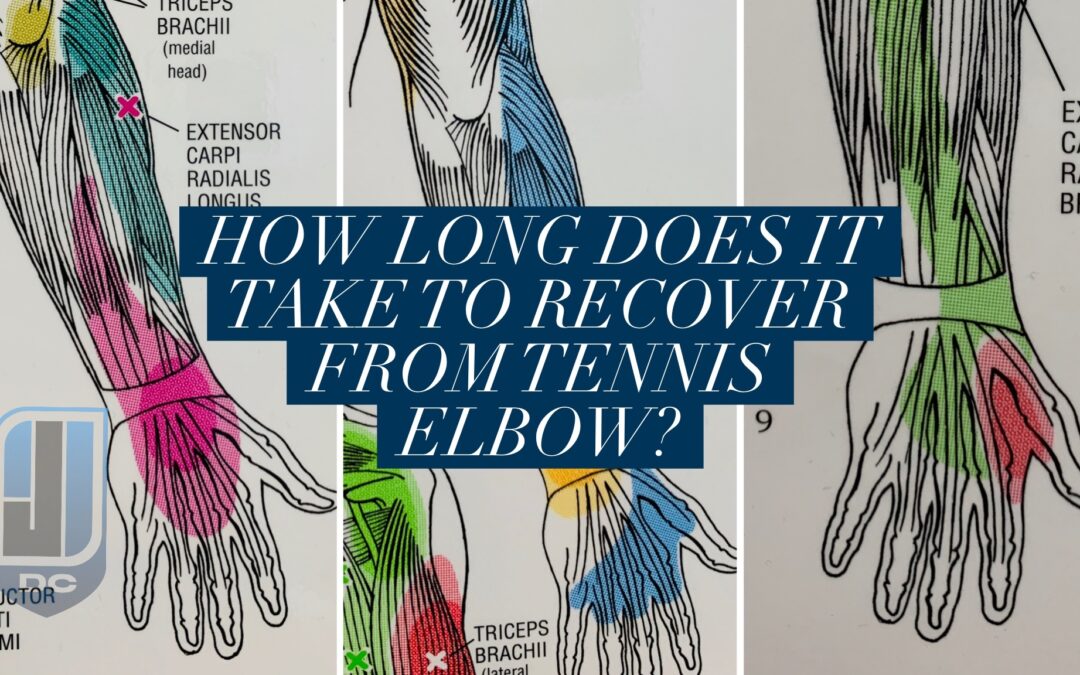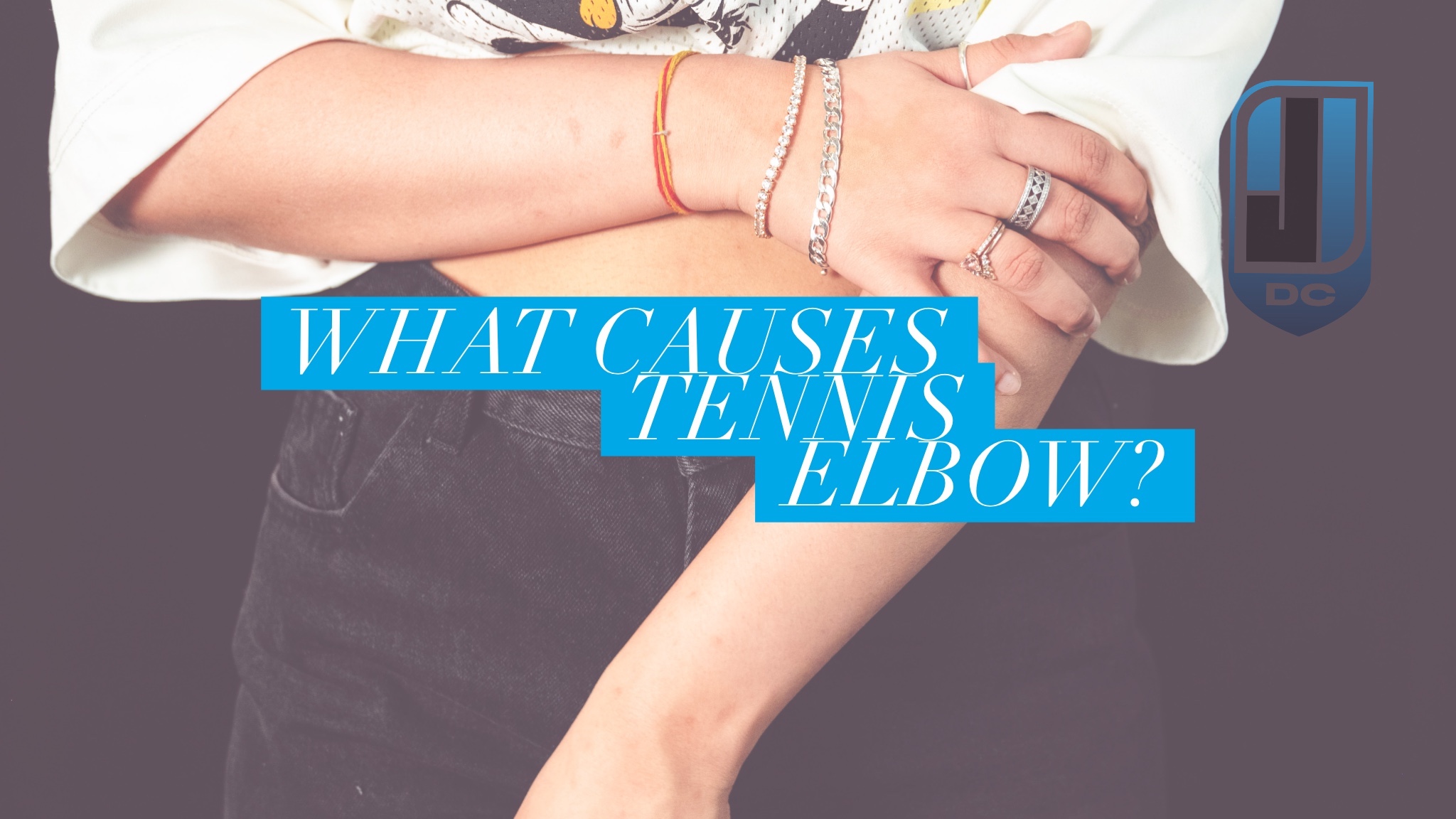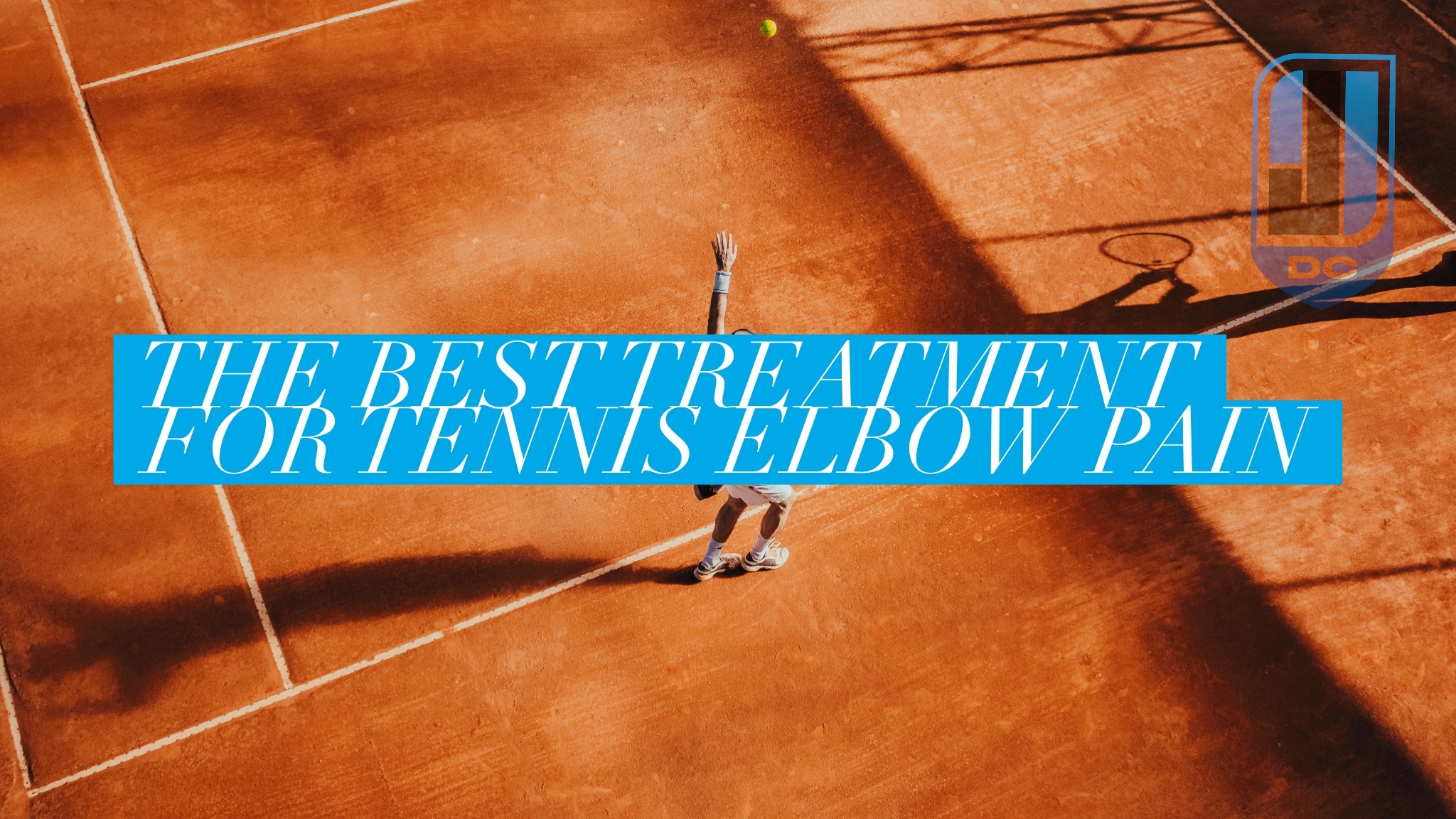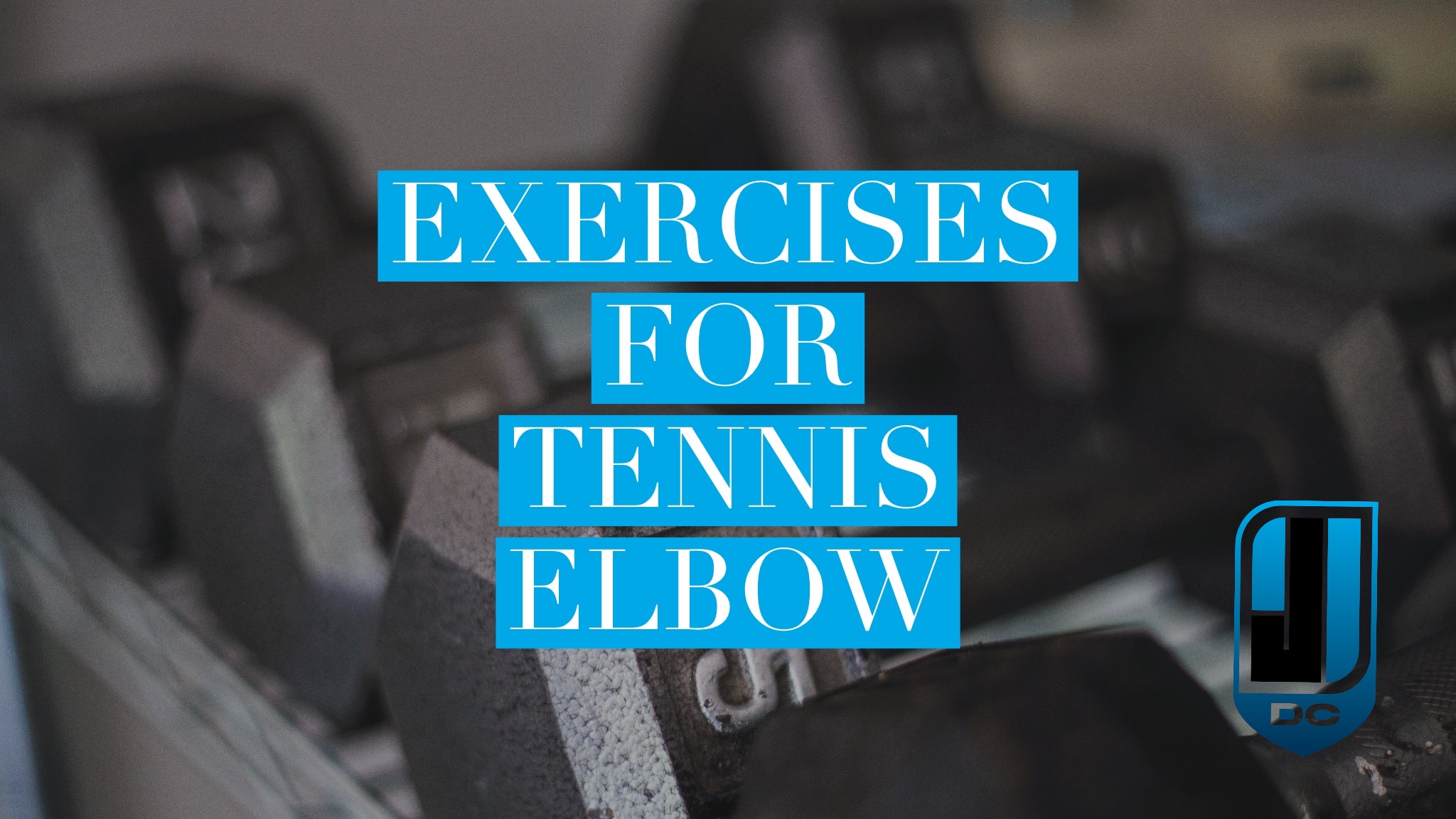If you’re suffering from tennis elbow, one of your first questions is probably “How long does it take to recover from tennis elbow?” Recovery depends on a lot of factors, especially the type of treatment you get. I’ll explain them, and I’ll also discuss some other information about tennis elbow like:
- What muscles are damaged in tennis elbow?
- What causes tennis elbow pain?
- Elbow conditions similar to tennis elbow
I’ve provided elbow pain treatment and treated a variety of elbow pain conditions with chiropractic and rehab throughout my 8 years as a chiropractor. Through my experience I’ve learned a lot about how to recover from this painful and annoying condition as fast as possible. It’s one of my favorite conditions to treat especially since chiropractic care for tennis elbow as well as the right rehab strategy can make a huge difference.
Tennis elbow responds well to the right treatments. If you haven’t read my previous content on tennis elbow, make sure you check it out below. I try to answer all your questions, simple and complex, about tennis elbow and elbow pain recovery!
- How to know if you have tennis elbow?
- Where is tennis elbow pain?
- Can you have tennis elbow if you don’t play tennis?
- What movements cause tennis elbow?
- Is tennis elbow an overuse injury?
- Treatments for tennis elbow
- Home treatments for tennis elbow pain
- Rehabilitation for tennis elbow
- Medical treatments for tennis elbow
- The best treatment for tennis elbow pain relief
- Evidence for conservative care as the best treatment
How Long Does it Take to Recover from Tennis Elbow?
How long it takes to recover from tennis elbow varies, but there are a few factors that can affect your recovery. Let me point out a few facts about tennis elbow that are really surprising:
- 20% of tennis elbow cases will show no improvement after 1 year if left untreated.
- It may take some 3-4 months to recover from tennis elbow even with treatment. This isn’t encouraging but MORE ON THIS LATER!
- Steroid injections show 78% improvement at a 6-week follow-up, but, patients who have injections have been shown to have worse symptoms 1 year after the injection.
- When soft tissue treatments were added to care 78% of cases were resolved in two months.
As you can see from this, the right treatment for tennis elbow is really important in recovery. If you don’t get any treatment you may not improve at all in a year. If you get steroid injections for tennis elbow you may be worse in a year. And if you get the RIGHT treatments, you can heal tennis elbow rather quickly.
This is why I always recommend seeing a rehab-focused chiropractor for tennis elbow treatment as soon as you can. I’m going to dive into all the treatments for tennis elbow, the best treatment for elbow pain, which tennis elbow treatments aren’t good, and everything you need to do to recover from tennis elbow at home in the next blog. Until then, make sure you reach out if you have any questions or requests for content and I’ll do my best to answer them. You can also schedule with me at Sentara Therapy Center Dumfries, VA chiropractor here!
Which Muscles are Damaged in Tennis Elbow?
In my last entry I explained how tennis elbow is a repetitive strain injury, but you may be wondering what muscles are damaged in tennis elbow? The muscles that are damaged are called wrist extensors and include the following four:
- Carpi radialis brevis
- Extensor digitorum
- Extensor carpi ulnaris
- Extensor digiti minimi
You may be wondering, how can all these muscles be affected but my pain is basically just in one spot? The reason is that the tendon portion of these four muscles fuse together where it attaches to the bone on the outside of your elbow. This “shared” tendon is referred to as the common extensor tendon. The common extensor tendon is often the most painful spot if you have tennis elbow.
Besides these four muscles, there’s one more muscle involved as well called the supinator muscle. It sits underneath the common extensor tendon and fibers of the supinator tendon attach in the same location as the common extensor tendon.
Tennis Elbow Exercises
I cover treatment for tennis elbow, really thoroughly, in the next blog. If you want to see some of the rehab exercises for tennis elbow, I demonstrate them here!
Make sure you check out my YouTube channel where I demo a lot of exercises with the Theraband Flexbar. It’s a great rehab tool for tennis elbow.
What Causes Tennis Elbow Pain?
Tennis elbow is a condition primarily caused by repetitive forearm tendon trauma. This repetitive trauma causes micro-tearing to the fibers of the muscle tendon. Understanding this is really essential to knowing what’s causing your elbow pain.
One of the big jobs of tendons is to be load-storing tissue. They store load and then transfer energy very well. However, when the load they’re storing and transferring is too much for what they can handle, then they undergo injury and then something called microtrauma.
Initially, injury to the tendon will cause inflammation. The inflammatory response will last a few days and then in many people the tendon heals and they recover. In tennis elbow, however, the inflammation goes away but your tendon doesn’t recover well. When this happens, continued movement starts to cause microtrauma.
Microtrauma is a collection of small tears in the fibers of the tendon that doesn’t cause inflammation. As the microtrauma continues there is a failure of the natural healing process and your tendon degenerates. This is why tennis elbow is generally considered a degenerative condition and we now call it tendinopathy and not tendinitis.
As your tendon continues failing to heal and degenerating there are more severe consequences that can happen. You may experience partial or complete thickness tears of the tendon because it’s no longer able to do what’s required of it.
Elbow Conditions Similar to Tennis Elbow
It’s important to know that there are other painful elbow conditions similar to tennis elbow. If you have pain in the outside of your elbow but aren’t sure if it’s tennis elbow, here is a list of other conditions that can mimic it:
- Cervical radiculopathy – Pain radiates from the neck, sometimes to the outside of the elbow.
- Radial tunnel syndrome – The radial nerve gets trapped in the forearm and causes nerve pain. 10% of those with tennis elbow may also have this condition.
- Calcific tendonitis – Tendon trauma results in portions of the tendon accumulating calcium buildup.
- Elbow joint pathology – The joint in the outside of your elbow may have arthritis or damage
- Loose body in the elbow – There is a little bone chip in the elbow joint floating around and causing pain.
- Elbow sprain or strain – Damage to the tendon or muscle that is acute and causes pain for a predictable period of time.
I like to point these other causes of elbow pain out because they show why it’s important to seek out care for a rehab-based chiropractor. I’ve seen all of these conditions in my experience as a chiropractor in Dumfries, VA at Sentara Therapy Center. If you’re concerned your elbow pain may be from another one of these conditions make sure you see a chiropractor.
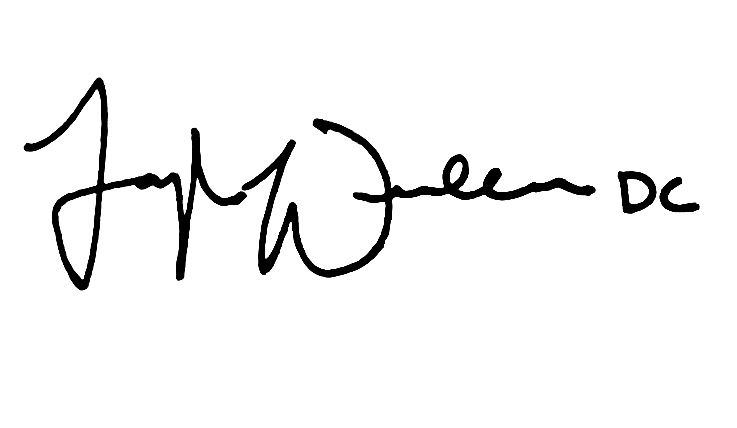
Jason Williams DC is a licensed Doctor of Chiropractic with Physical Therapy Modality and Acupuncture privileges. He is a chiropractor in Dumfries, VA at Sentara Therapy Center. Dr. Williams’ clinical expertise is in the evaluation, treatment, and rehabilitation of neuro-musculoskeletal conditions. Specific focuses include spinal, extremity, and sports-related complaints. He brings a patient-first attitude to his treatments and is a proponent of evidence-based and integrative care. See more content and his contact info here.
The opinions and views are mine personally, and do not necessarily reflect the views of others in the profession, my employer, or organizations that I belong to.

